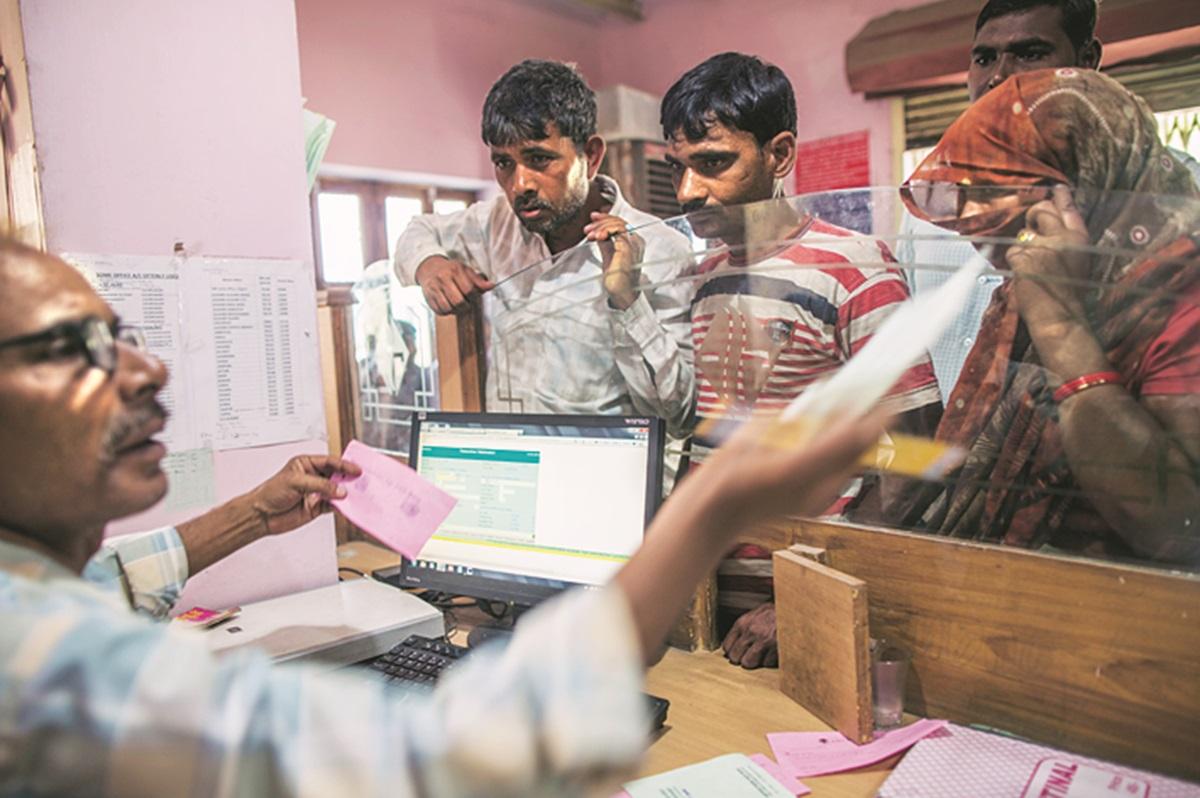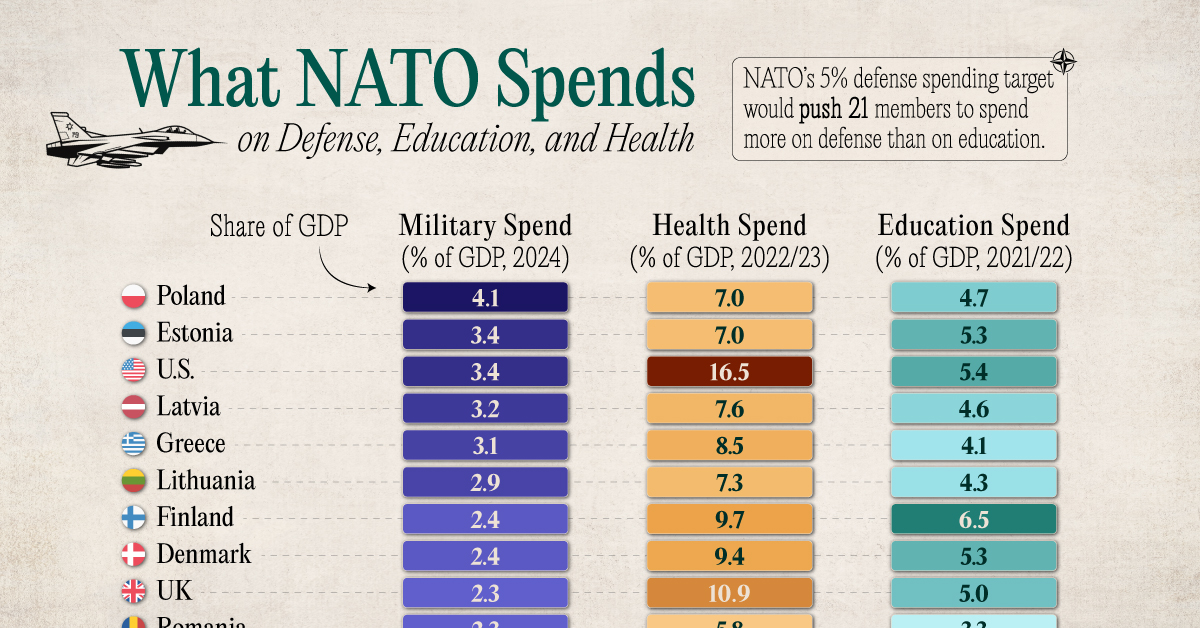- Arvind's Newsletter
- Posts
- Arvind's Newsletter
Arvind's Newsletter
Issue No. #1142
1.India’s urban jobs are under pressure: Reuters
India's unemployment rate remained steady at 5.6% in June compared to the previous month, helped by a fall in joblessness in rural areas, the statistics ministry said on Tuesday.
The unemployment rate in June among the 15 years and above age group in rural parts of the country fell to 4.9% from 5.1%, while it rose in urban areas to 7.1% from 6.9% in May, according to the data.
2.SBI to raise ₹45,000 crore through equity, debt issuances in FY26: Business Standard
Country's largest bank SBI will raise up to ₹45,000 crore by equity and debt issuances, including up to ₹25,000 crore by way of QIP, which opened on Wednesday.
In a regulatory filing, State Bank of India (SBI) said it will raise up to ₹20,000 crore by issuing bonds to domestic investors during the current fiscal.
Separately, SBI also launched its share sale to institutional buyers via Qualified Institutional Placement (QIP) on Wednesday at a floor price of ₹811.05 apiece. The bank said it may offer a discount of up to 5 per cent on the floor price.
And according to the World Bank, 35% of all bank account holders in India had inactive accounts in 2021 according to the latest World Bank report on financial inclusion. An inactive account—defined as one with no deposits, withdrawals, or incoming or outgoing digital payments in the past year.
The report titled Global Findex 2025 estimates that 35 per cent of account owners in India in 2021 had an inactive account—seven times the 5 per cent average for all developing economies, excluding India.
3.Thermal power segment to attract Rs 2.3 lakh cr investments over three fiscals: Crisil Ratings
The thermal power segment is expected to attract Rs 2.3 lakh crore worth of investments over the next three fiscals, on account of renewed focus to help meet India's growing energy demand, Crisil Ratings said.
The capital expenditure in thermal power stood at Rs 1.1 lakh crore over the three fiscals through 2025, Crisil Ratings said in a report.
In the preceding three fiscals, private companies accounted for only 7-8 per cent of the investments. On expanded investment levels over the next three fiscals, private companies will contribute nearly a third, with central and state public sector undertakings accounting for the balance.
4.Donald Trump reaps $50bn tariff haul as world ‘chickens out’: Financial Times
Not only has American tariff revenue surged to record levels, but major trading partners — with the exception of Canada and China — have largely acquiesced to Trump’s demands or, at least, failed to stand up to his pressure, and markets have mostly shrugged off duties that investors once saw as economically crippling.
Four months since Trump fired the opening salvo of his trade war, only China and Canada have dared to hit back at Washington imposing a minimum 10 per cent global tariff, 50 per cent levies on steel and aluminium, and 25 per cent on autos.
At the same time US revenues from customs duties hit a record high of $64bn in the second quarter — $47bn more than over the same period last year, according to data published by the US Treasury on Friday.
China’s retaliatory tariffs on American imports, the most sustained and significant of any country, have not had the same effect, with overall income from custom duties only 1.9 per cent higher in May 2025 than the year before.
Much-feared stagflation, meanwhile, has yet to emerge. His administration has fallen short of its pledge to reach 90 trade deals in as many days, but “Trump has, by his own measure of success, already won the trade war,” The Wall Street Journal’s chief economics commentator wrote.
5.SpaceX’s new frontier: Inorbit Drug Research
Elon Musk’s startup is said to be working on a program to develop commercial products in orbit. The plan, dubbed Starfall, would allow companies to harness the unique conditions of space, which can provide a new environment for manufacturing goods from semiconductors to drugs.
SpaceX’s Starship rocket would bring products like pharmaceutical components to space in small, uncrewed capsules. They’d then spend time in orbit —where higher levels of radiation and micro-gravity may aid research and development—before returning to Earth.
Success relies on the operational ability of Starship, which is less than certain after a string of explosive failures over its last several test flights. If all goes well, the endeavor may position the company as a key leader in space-based R&D of commercial goods.
Defense applications are possible too, people familiar said. SpaceX is working in conjunction with the military on the program but, for now, it’s unclear how the initiative fits into an existing space contract with the US Department of Defense.
6.What NATO Countries Spend on Military, Health, and Education: Visual Capitalist
NATO countries officially agreed to raise their defense expenditures to 5% of their GDP by 2035. But how do their military expenditures compare to what they spend on health and education?
This visualization shows a side-by-side comparison of government spending priorities as a percentage of GDP for all NATO members.
Poland leads NATO in military spending at 4.1% of GDP, driven by concerns over the war in Ukraine. The U.S. defense budget, despite being close to $1 trillion, is still about 3% of its GDP. This is only a fraction of what it spends on health: 16.5% of its GDP.
7.Mira Murati’s Thinking Machines Lab is worth $12B in seed round: TechCrunch
Thinking Machines Lab, the AI startup founded by OpenAI’s former chief technology officer Mira Murati, officially closed a $2 billion seed round led by Andreessen Horowitz, a company spokesperson told TechCrunch.
The deal, which includes participation from Nvidia, Accel, ServiceNow, CISCO, AMD, and Jane Street, values the startup at $12 billion, the spokesperson said.
8.Emmy Nominations: APNews and others
The nominees for the 77th Primetime Emmy Awards were announced yesterday, with Apple TV+’s “Severance” leading the field with 27 nominations for its second season. HBO Max’s “The Penguin” garnered 24 nods, followed closely by “The White Lotus” and “The Studio,” with 23 nominations each. Streaming platforms continued their dominance, with HBO Max receiving 142 overall nominations—the most ever for the network—while Netflix earned 120.
In the acting categories, “Severance” received lead drama nominations for stars Adam Scott and Britt Lower, along with multiple supporting acting nods. “The Studio” picked up comedy acting nominations for Seth Rogen, Kathryn Hahn, Catherine O’Hara, and Ike Barinholtz, along with recognition for writing and directing. Four of the six nominees for guest actor in a comedy series were recognised for playing themselves, with Martin Scorsese and Ron Howard receiving their first-ever acting Emmy nominations.
The ceremony, hosted by comedian Nate Bargatze, airs Sept. 14 on CBS and Paramount+. See the full list of nominations below.
9.AI ‘Nudify’ Websites Are Raking in Millions of Dollars: Wired
For years, so-called “nudify” apps and websites have mushroomed online, allowing people to create nonconsensual and abusive images of women and girls, including child sexual abuse material. Despite some lawmakers and tech companies taking steps to limit the harmful services, every month, millions of people are still accessing the websites, and the sites’ creators may be making millions of dollars each year, new research suggests.
An analysis of 85 nudify and “undress” websites—which allow people to upload photos and use AI to generate “nude” pictures of the subjects with just a few clicks—has found that most of the sites rely on tech services from Google, Amazon, and Cloudflare to operate and stay online. The findings, revealed by Indicator, a publication investigating digital deception, say that the websites had a combined average of 18.5 million visitors for each of the past six months and collectively may be making up to $36 million per year.
10.Why the Aztecs, Inca, and Maya never invented the wheel: BigThink
The wheel is believed to be around 5,500 years old. First discovered in the ruins of ancient Mesopotamia, this seemingly simplistic mechanism — sometimes considered humanity’s quintessential invention — came about long after the advent of other, arguably more complex technologies, like boats, woven cloth, and agriculture.
The reason for its relatively late arrival has to do with its design. The fit between a wheel and its fixed axle has to be tight so that everything stays together, but not so tight that it prevents the wheel from spinning. On top of this, both the end of the axle and the hole of the wheel have to be perfectly smooth to minimize friction. While these challenges are easy to navigate in the 21st century, they were nearly insurmountable during prehistory. For this reason, the anthropologist David Anthony, author of The Horse, The Wheel, and Language, argues that while people might have conceived of the wheel in the Stone Age, its invention did not become a possibility until the introduction of precision tools like copper chisels in 4000 BC.
The invention of the wheel greatly accelerated the development of civilization by making it easier to travel large distances. Trade networks expanded, as did the scale and scope of imperial warfare. Towns and cities grew denser, their populations sustained by the increased productivity of wheelbarrow-assisted farming.
At least, that’s what happened in Eurasia. Over on the other side of the Atlantic, the Aztecs, Incas, Maya, and Native Americans did not become acquainted with the wheel until after the arrival of European colonists during the late 15th and early 16th centuries. Why these societies never invented wheels of their own is unclear. Judging by their accurate cosmological calendars and impressive feats of engineering, to name just two examples, they definitely had the technical know-how. Both the Maya and Incas even built roads — good roads — but those were reserved for pedestrians only. How come?
Current explanations of why the Aztecs, Incas, Maya, and Native Americans lacked wheels focus not on the knowledge of how to create them — which they clearly possessed — but on practicality. As the saying goes, necessity is the mother of invention, and ancient Americans just didn’t have the same need for wheeled vehicles that Eurasians did.
Why? One major reason is that the continent was devoid of creatures strong enough to pull them. After all, horses, cows, and oxen crossed the Atlantic along with the wheel itself.
Another important factor in this equation was geography. Yes, the Incas built roads, but those roads were mapped out over the hilly terrain of the Andes mountains. They featured giant staircases and suspension bridges that wheeled vehicles would not have been able to traverse. Instead, the Incas used a combination of human couriers and llamas, which are excellent climbers and still can be found grazing on the slopes of Machu Picchu today.










